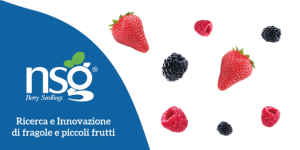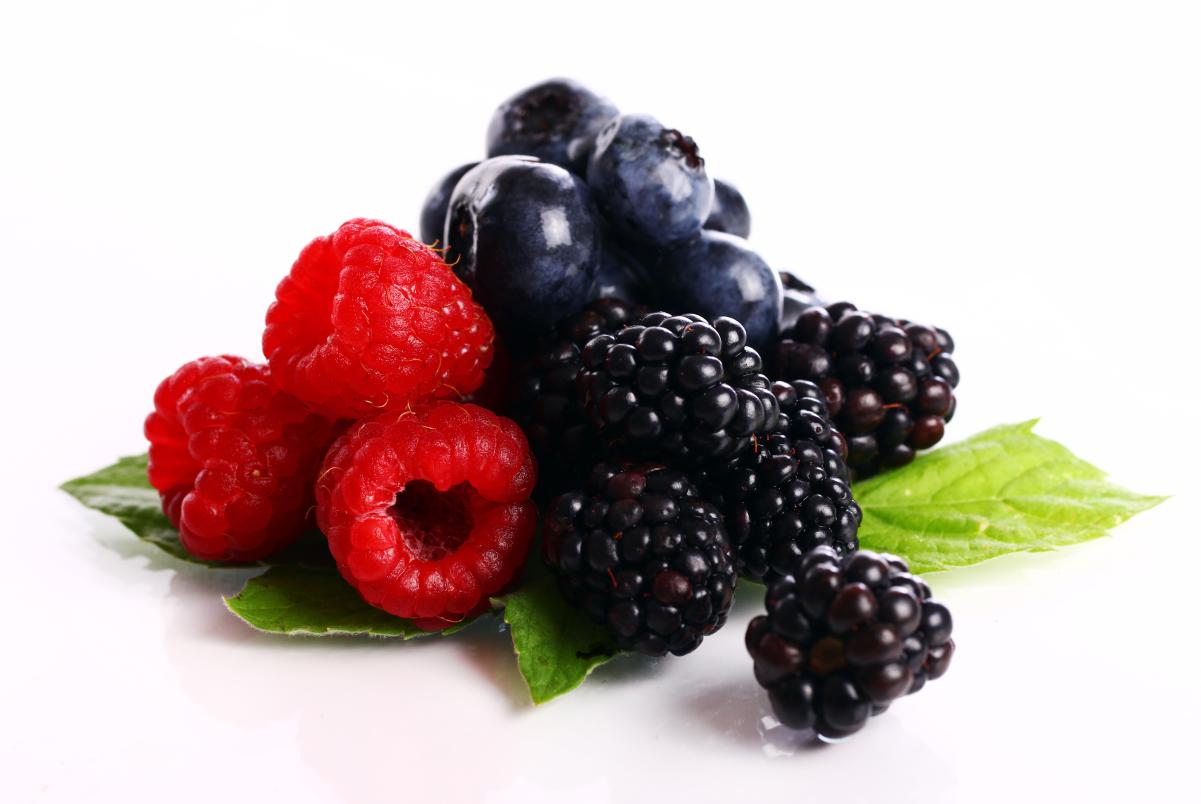The success of berries in large-scale retail is now an established fact, with exponential double-digit growth year after year. But what are the in-store levers that can further boost sales and turn berries into a frequent, not occasional, purchase choice?
Some answers came from the Berry Area at Macfrut. The best strategies and communication actions were revealed by the retail world at the Berry Area of Macfrut during the roundtable titled “What’s happening in the fruit and vegetable department: myfruit.it and Italian Berry in comparison with Italian retail.”
A discussion, moderated by myfruit.it’s editor-in-chief Raffaella Quadretti, with Fabio Ferrari (Coop Italia), Nicola Biasiolo (Unicomm), and Giovanni Torcia (Italbrix).
From flyers to tastings
More and more, berries are at the center of brand communication which, given the excellent sales results in recent years, is investing in communication on and within the department.
Alongside classic tools like flyers, which maintain their central role despite their traditional format, dynamic displays with videowalls are being used to highlight the aesthetic characteristics of berries. The power of color attraction.
And what about in-store initiatives? They exist and they work. An interesting case study from Unicomm was shared by Nicola Biasiolo, who presented the analysis of a successful real-life communication case.
Tastings and partnerships with producers
“We study trends through flyers and then try to create touchpoints also through themed days with supplier involvement, where tastings are followed by explanations on production methods and locations.” The result? “After the event, sales increase by 20% over the following three weeks.”
This significant numerical result shows two things: there’s great growth potential for berries — in this specific case, blueberries — thanks to initiatives that allow both tasting and learning about production methods explained by producers directly to end consumers.
Tastings work well, and so does dynamic communication, as Giovanni Torcia from Italbrix emphasized: “We’ve installed videowalls in our new stores,” and to achieve successful action, he highlighted the importance of choosing reliable partners with specific characteristics.
Planning and production continuity
“It’s necessary to plan with structured partners, from genetic selection to packaging,” but that’s not enough: “They must produce in various parts of the globe and across two hemispheres because climate change today is a dominant factor. Without planning, it’s difficult to ensure high quality and fair pricing.”
In summary, continuity is fundamental, as berries are consumed 12 months a year and are increasingly becoming a daily element, especially in wellness-focused diets.
But to achieve continuity, it’s necessary to create partnerships with structured companies that, through production presence in different sites, can mitigate the negative effects of climate change.
Family packs and price competition
The phenomenon is clear: there’s demand and growth, and retail is adapting to family packs, which also guarantee more affordable prices for consumers (in euros), and promotions yield additional commercial results.
In other words, offering different pack sizes allows for competitive pricing without compromising quality, even against discount chains that, as Ferrari from Coop pointed out, “today offer quality products, and we study their offerings — also because they are often located near our stores.”
A response comes from pack size: “Pack sizes are increasing,” Ferrari notes. “We’re focusing on those from 250 grams and up, and here we achieve 60% of our sales.” A recipe that’s working, as Ferrari revealed: today, berries “have the same value as kiwis.” A big leap.
New formats and quality challenges
More and more, we see packs from 250 to 500 grams, and we’re ready with the kilo. “In the past, berries were treated as a niche category, with little exposure because of fears over their vulnerability,” recalls Biasiolo of Unicomm. “Now we’re starting to move significant volumes: we’re shifting toward 250 grams, and with blueberries, we offer 500-gram buckets and don’t rule out the kilo.”
Torcia from Italbrix also confirms the new packaging horizon: “We offer our premium zero-residue line in 125-gram packs; the 500-gram format is performing better in terms of family consumption and for those who eat blueberries daily for health reasons. A formula to defend ourselves against discount prices.”
The formula is this: we introduced them, tastings attract new consumers, but to build loyalty, we must focus on fair pricing, which is possible thanks to increasingly larger pack sizes and family formats.
Quality standards and challenges
The ideas are clear, but there are also challenges, as Ferrari pointed out: “The category is also tied to counter-seasonality, and it’s not easy to plan with products coming from another continent.
Especially with blueberries, there’s no standard quality — even though there are parameters like size, crunchiness, and sweetness, there’s a lack of variety control. Customers seem to get confused, with too many different varieties following one another.”
Much has been done, but there’s still a lot to do to unlock the full potential of berries in the department.
Gian Basilio Nieddu
Berry AreaThis article is part of a series dedicated to Berry Area in co-operation with Macfrut 2025. This content is in support of the event which will take place May 6-8, 2025 in Rimini Expo Centre, where the Berry Area stands as a reference point for all those seeking innovative solutions for the production and marketing of berries. 👉 Learn more about the Berry Area at this link. |










